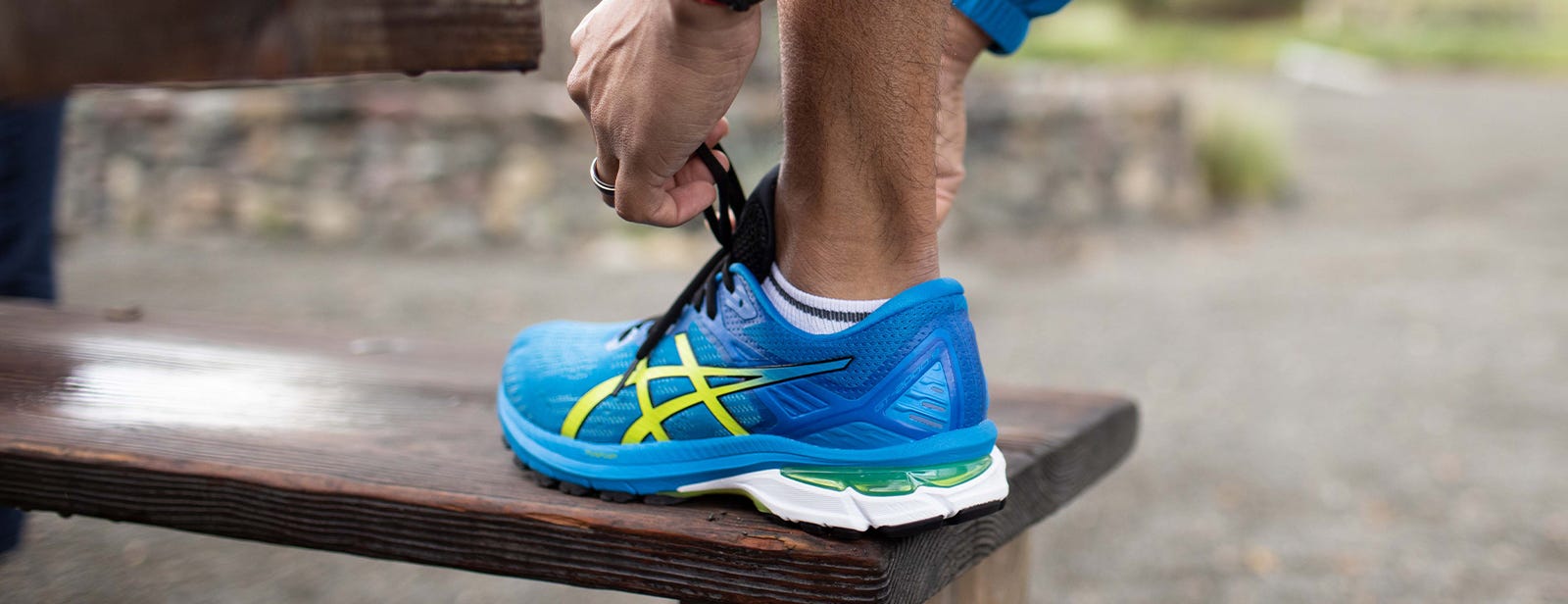
How to Avoid Plantar Fasciitis
June 3, 2021
If you've ever had plantar fasciitis, you know it can be super painful. It causes a stabbing pain on the bottom of your foot, near your heel, due to inflammation of the tissue that connects your heel to your toes.
You can't always prevent it. People between the ages of 40 and 60 are prone to it, as are those who spend a lot of time on their feet at work. Some people get it because of the shape of their feet. It's also common in runners, particularly those who run long distances. But you can take some steps to try to prevent it from keeping you down.
Lose Weight
If you're overweight or obese, you're at a greater risk of developing plantar fasciitis. That's because your body puts more pressure on your feet when you walk or run. So, that's yet another great reason to lose weight and get healthy.
Wear Supportive Shoes
Wearing supportive shoes may also help. Avoid high heels, as well as flimsy shoes like flip flops. Instead, choose shoes with some cushioning in them that support your heel. Your shoes should also fit well. If you have problems with plantar fasciitis, consider trying our GEL-NIMBUS® or GT-2000™.
Untuck Your Bed Sheets
This may sound strange, but if you like to keep your bed made up, it could be hurting your feet, especially if you sleep on your back. If you sleep with your bedsheets tucked in, they force your feet into a pointed position that can actually lead to a flare-up of plantar fasciitis.
Stretch Your Calves and Heels
There are some exercises you can do to stretch your heels, calves, and feet each day to help prevent plantar fasciitis.
To stretch your calves, try facing a wall and placing both hands on it. Put one foot behind the other, keeping your heel flat on the ground, and lean towards the wall. Hold it for 10 seconds before repeating on the other side.
To stretch your feet, simply use your hand to push your toes back towards your leg until you feel the stretching in your arch. Also, try placing a towel on the floor in front of you, and placing your foot on top. Grab the towel with your toes and pull it towards you.
Ankle circles may also help. Sit in a chair with your foot straight out in front of you. Circle your ankle 10 times to the left and 10 times to the right. Repeat on the other leg. You can do all these exercises several times throughout the day.
Rest Your Feet
If you feel a bout of plantar fasciitis coming on, or you're prone to it, make sure you rest your feet. Stay off your feet as much as possible, and when you're sitting down, keep your feet elevated. If you need to exercise, choose low-impact workouts, like swimming and cycling.
Massage Your Feet
Massaging your feet at the end of each day may also help keep the tissue loose and rid it of inflammation. If self-massage techniques don't work, you may need to have professional help, especially if you are prone to plantar fasciitis or already have it.
What to Do If You Do Have Plantar Fasciitis
If you already have plantar fasciitis, it's important to take steps to alleviate it quickly, or it could lead to long-term health issues, like foot, knee, hip, or back problems. It can even affect your ability to walk. Treatment typically includes:
- Rest and elevation
- Icing the affected area
- Wearing orthotics
- Splinting your feet at night
- Stretching exercises
- Taking NSAIDS, like ibuprofen or aspirin
In some cases, your doctor may recommend steroid injections, shockwave therapy, physical therapy, or even surgery.

